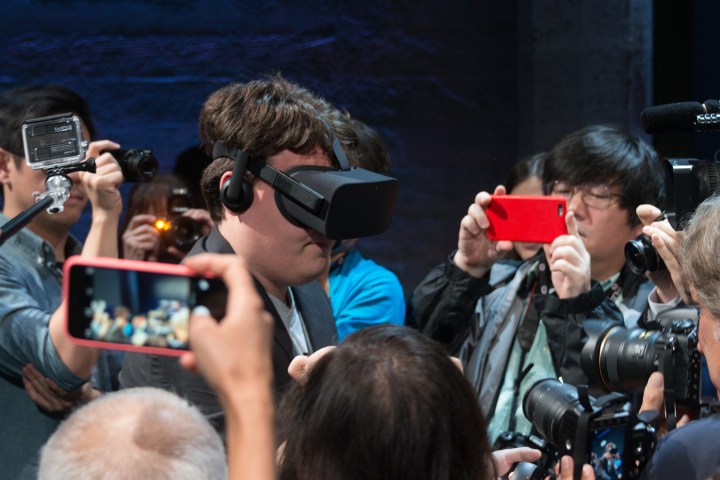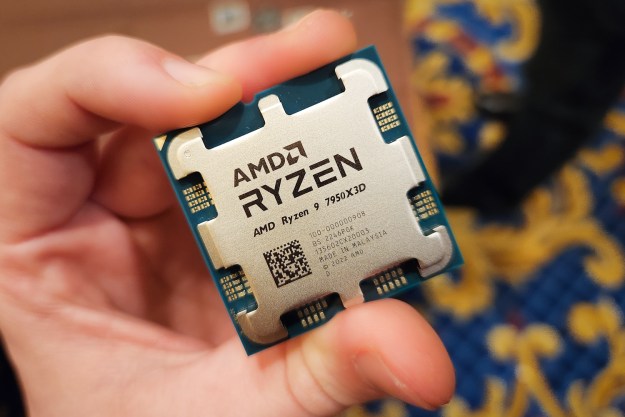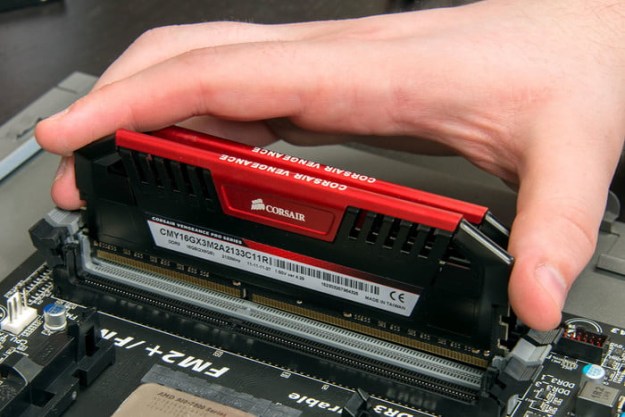
It’is a sudden announcement, yet we still don’t know the eventual launch date for the Oculus Rift. It might be months before the pre-order units are sent to customers, especially if we see a surge in demand for the virtual reality headset.
Pre-orders will go live at 8 a.m. PST on the Oculus store — a countdown has started for the pre-order launch. Unlike past releases, the new Oculus Rift is the first commercial version, which should mean a better hardware and software experience for all.
All pre-order customers will receive Lucky’s Tale by Playful and Eve: Valkyrie by CCP for free. Sadly, the Oculus Touch controllers demoed will not be available until the second half of the year, meaning users will need a compatible controller to play games.
Palmer Luckey, the chief executive of Oculus, has a Reddit AMA planned on Jan 6, which starts two hours before pre-orders.
The price of the Oculus Rift might make or break the product. Facebook owns Oculus, purchasing it for $2 billion last year, so we might see a reduction in the cost with the hope of engaging more virtual reality fans.
Nvidia hinted earlier today that most PCs would be incapable of running the Oculus Rift, but without the recommended specs we cannot tell if this is an elaborate move to sell more graphics cards or a real warning to customers wanting to pre-order the virtual reality headset.
Editors' Recommendations
- Oculus Connect conference gets a new name: Facebook Connect
- Has Oculus Link let the Quest completely replace the Rift S?


